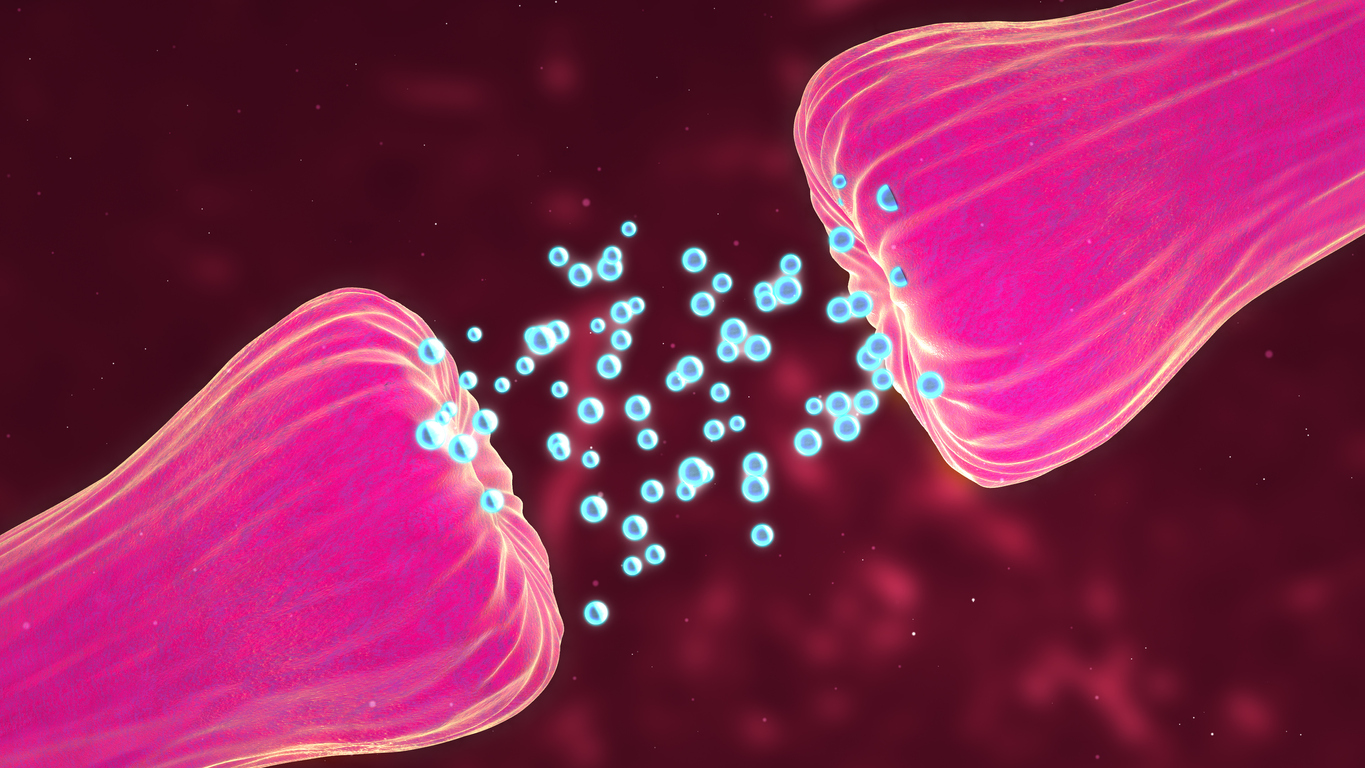Multimorbidity, or having more than one chronic health condition, is a huge threat to the health of ageing populations, according to experts. Because the number of persons aged 65 and more in the United States is predicted to increase by more than 50% by 2050, this could place additional strain on older people’s health as well as the healthcare and federal insurance systems.
According to Steven Haas, an associate professor of sociology and demography at Penn State, the findings of this new study are consistent with other recent research that suggests that current generations in the United States are in worse health than their parents and grandparents in many aspects.
Even before the COVID-19 outbreak, middle-aged Americans’ life expectancy was declining, bucking a century-long pattern, according to Haas. Furthermore, over the previous 30 years, the US population’s health has deteriorated more than that of other high-income countries, and the data indicates that this trend is likely to continue.
The findings, according to the researchers, could aid in the development of policies to address the likelihood that our ageing population’s health would deteriorate.
Methodology & findings.
The study used data from the Health and Retirement Study. This is a nationally representative survey of Americans aged 51 and up. Heart disease, high blood pressure, stroke, diabetes, arthritis, lung disease, cancer (excluding skin cancer), severe depression, and cognitive impairment were all used to determine multimorbidity. The researchers also looked at how various generations’ causes of multimorbidity differ.
According to the data, the youngest generation of elderly people is more likely to have a higher number of chronic diseases and to develop them at a younger age than the previous generation.
Baby Boomers (those born between 1948 and 1965) experienced higher long-term health difficulties than people born in the later years of the Great Depression (between 1931 and 1941) at the same age. Furthermore, Baby Boomers are more likely to develop two or more long-term disorders at a younger age than other generations.
Race and ethnicity, being born in the United States, early socioeconomic circumstances and childhood health, all elevated the likelihood of having multiple diseases in a family, according to the researchers. Across all generations, arthritis and high blood pressure were the most common conditions among persons with multimorbidity. There was evidence that differences in multimorbidity risk between generations were due to increased depressive symptoms and diabetes.
Conclusions.
According to Nicholas Bishop, an assistant professor at Texas State University, the results could be due to a variety of factors.
It is expected that later-born generations have better health than earlier generations since they have had access to more improved modern treatment for a longer period of time. Modern medical treatments may allow people to live with many more chronic conditions that previously would have killed them.
He also stated that older people from recent generations have been exposed to increased health dangers, such as obesity, which increases their likelihood of developing a long-term sickness. Better ways to track and measure illness have led to the discovery of previously unknown chronic illnesses.
According to the researchers, in the future, they may try to identify strategies to address the disparities in the frequency of diseases between generations.
Story Source: Original press release by Penn State. Note: Content may be edited for style and length by Scible News.
References
Nicholas J Bishop, Steven A Haas, Ana R Quiñones. Cohort Trends in the Burden of Multiple Chronic Conditions Among Aging U.S. Adults. The Journals of Gerontology: Series B, 2022; DOI: 10.1093/geronb/gbac070






